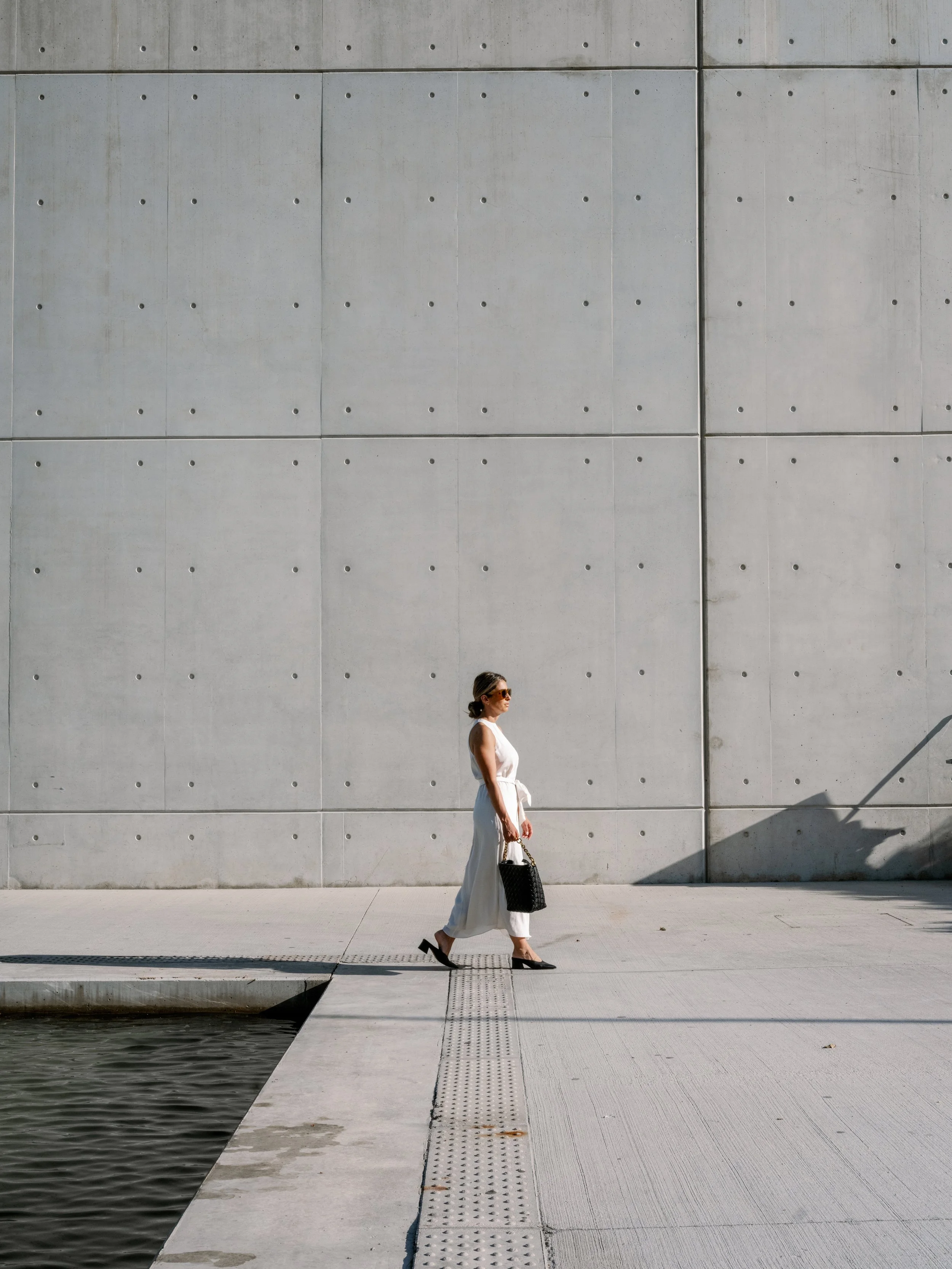Our Top Sustainable Material Choices for Commercial and Residential Projects
At Elizabeth Hales Design Architecture Firm, our belief in sustainability goes beyond mere design preferences—it's a core value that reflects our deep-seated commitment to environmental stewardship and social responsibility. We recognize that the built environment plays a significant role in shaping the world around us, and as architects, we have a unique opportunity to influence positive change. In this blog, we will highlight some of our favorite materials that we integrate into our designs to create spaces that are more beautiful and more sustainable.
Terracotta
Terracotta is a versatile and durable material that we have integrated into multiple projects both on the exterior and interior. Beyond its aesthetic appeal, terracotta offers excellent thermal properties, helping to regulate indoor temperatures and reduce energy consumption. In our small commercial projects, terracotta façades not only add texture and visual interest but also contribute to the building's overall sustainability by improving insulation and reducing reliance on mechanical heating and cooling systems. In addition, Terracotta is a natural material that can be recycled and is long-lasting.
Stone
Natural stone has an inherent beauty and organic feel that elevates any project id used correctly and is a cornerstone of our material selection. Quarried locally whenever possible, stone provides a timeless elegance to our high-end residential developments while minimizing the environmental impact of transportation. Additionally, stone's durability ensures longevity, reducing the need for frequent maintenance and replacement — a key aspect of sustainable design.
Mass Timber
As advocates for sustainable construction practices, we are increasingly turning to mass timber as a primary building material in both commercial and residential projects. Engineered wood products like cross-laminated timber (CLT) offer a renewable alternative to traditional concrete and steel construction and reduce the embodied energy of a construction process. In addition to its environmental benefits, mass timber construction allows for faster and more efficient assembly, minimizing construction time and disruption.
Our dedication to sustainability isn't just about creating aesthetically pleasing spaces; it's about being advocates for change and catalysts for a more sustainable future. We believe that every decision we make, from material selection to construction methodology, has the potential to make a meaningful impact—not only on the local community but also on a global scale. By prioritizing sustainability in our practice, we aim to inspire others to do the same, fostering a collective movement towards a more sustainable architecture practice.




